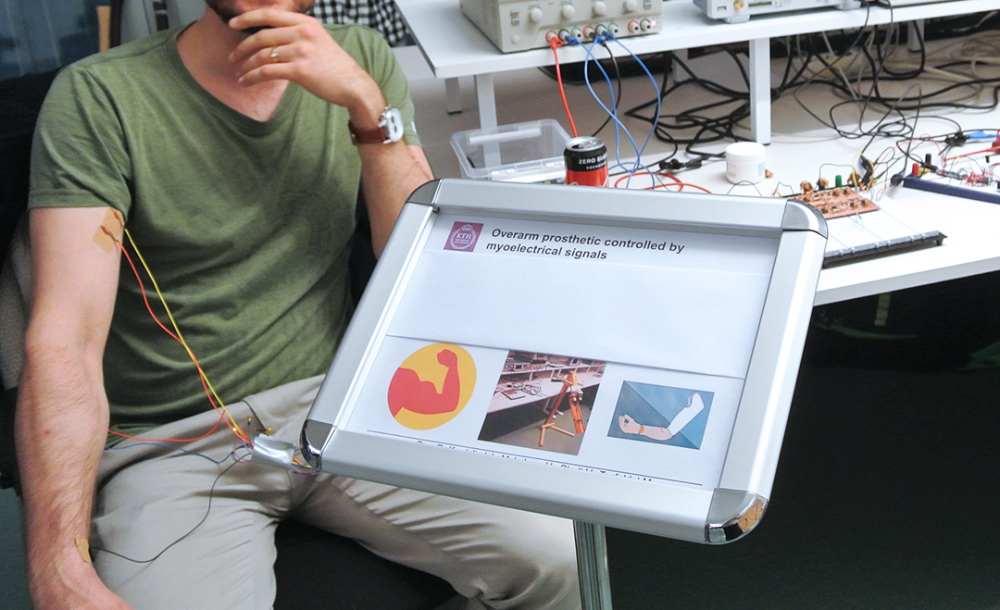KTH could get one makerspace for all programmes

An investment in a centralized makerspace for all KTH students is underway. The vision is to create a natural meeting place for developing engineering skills, realising ideas and dreams, and creating new innovations.
A makerspace is a workshop-like environment that encourages the sharing of knowledge, tools and ideas. Many students already have access to opportunities to perform practical work as part of their studies in initiatives like KTH Makerspace Flemingsberg, Kista Mentorspace and Student Labbet /ELAB at Teknikringen.
But the proposed central KTH Makerspace would provide all students an opportunity to train in the practical skills and abilities highlighted in the Conceive-Design-Implement-Operate (CDIO) initiative, says a member of the group advocating for the creation of KTH Makerspace, Joakim Lilliesköld , Associate professor at the Department of Computer Science at the School of Electrical Engineering and Computer Science.
The practical elements of the education are increasingly important

“Increasingly, digitalsed study programmes also demand applied engineering skills, that students actually learn to construct things,” Lilliesköld says. “That is why we believe that an experimental environment such as a makerspace will become even more important when we’re educating the engineers of tomorrow. And the environments we currently have are not sufficient.”
He says that including a well-developed makerspace in all study programmes will become increasingly important when it comes to recruiting Swedish and international master’s students.
Positive impact on student completion
“Including more practical elements is often a much-appreciated part of our study programmes, he says. “Many programmes are quite theoretical the first few years. There are also studies that suggest that practical elements in courses have a positive impact on student completion.”
Sara Eriksson , project manager for KTH Makerspace at KTH’s Real Estate Department, says she views this new central makerspace as a hub. Besides the physical location with its range of laboratory facilities, it should also function as a hub for the existing makerspaces at KTH. Linked to this, there should be a digital forum that raises the profiles of the other makerspaces so that they can share resources and collaborate in various ways.

“If one of the makerspaces has got some useful equipment, we should be able to point people in that direction rather than purchasing exactly the same kit for KTH Makerspace. This will be a more effective utilisation of resources,” Eriksson says.
As well as being a place for free experimentation, KTH Makerspace will also offer resources and advice for those who wish to realise their ideas and participate in interdisciplinary collaborations.
Possible small-scale launch in the autumn
Together with Lilliesköld, Eriksson is anchoring the project with various functions within KTH, which provides an opportunity to influence the development of KTH Makerspace before a decision is reached on whether or not to implement the initiative. Meetings have been held with directors of first and second cycle education, and meetings with the Strategic Council and the Board of Education are being planned.
“We have also planned workshops that will be held during April and May with each school. The director of first and second cycle education and head of each school will be responsible for identifying the right people that should attend the workshops,” Eriksson says.
If everything goes according to plan, a decision by the university President to proceed with the project could be made before summer. If so, KTH Makerspace could be up and running on a small scale during autumn 2020.
“Nevertheless, implementing KTH Makerspace in every study programme will probably take many years,” Lilliesköld says.
Håkan Soold

